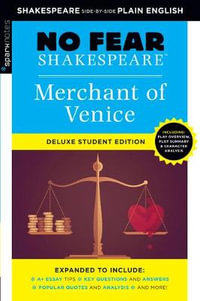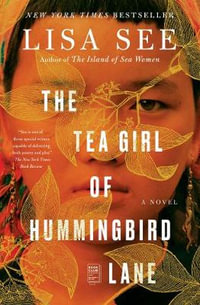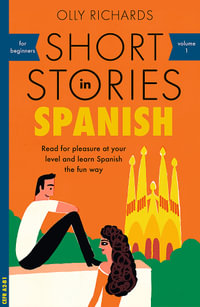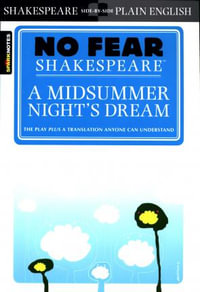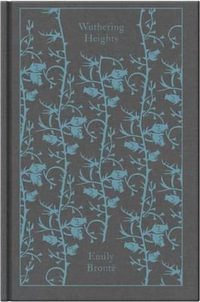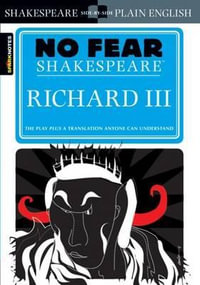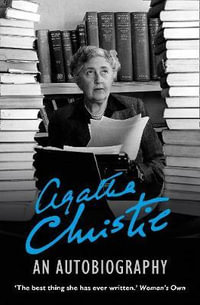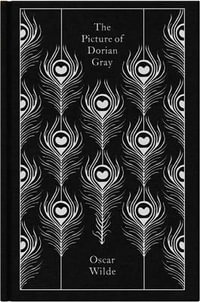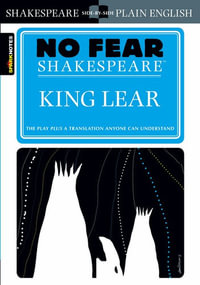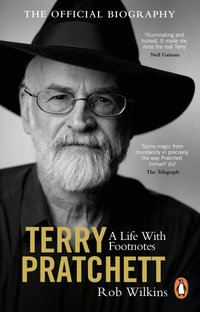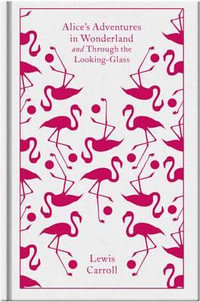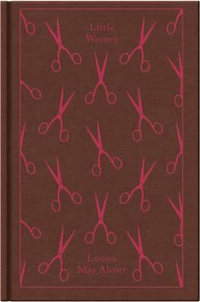Brian Attebery's "strategies of fantasy" include not only the writer's strategies for inventing believable impossibilities, but also the reader's strategies for enjoying, challenging, and conspiring with the text.
Drawing on a number of current literary theories (but avoiding most of their jargon), Attebery makes a case for fantasy as a significant movement within postmodern literature rather than as a simple exercise of nostalgia. Attebery examines recent and classic fantasies by Ursula K. Le Guin, John Crowley, J. R. R. Tolkien, Diana Wynne Jones, and Gene Wolfe, among others. In both its popular and postmodern incarnations, fantastic fiction exhibits a remarkable capacity for reinventing narrative conventions. Attebery shows how plots, characters, settings, storytelling frameworks, gender divisions, and references to cultural texts such as history and science are all called into question the moment the marvelous is admitted into a story.
In the early chapters, the author sorts out some of the confusion about the term fantasy, distinguishing the fantastic as a technique from fantasy as a popular formula and a literary genre. Looking back to the early reception of Tolkien's trend-setting epic fantasy, he points out how critical theory at the time was simply unable to account for either the strengths or the weaknesses of The Lord of the Rings. By contrast, critical methods developed for coping with postmodernist metafictions are shown to apply equally well to the genre of fantasy. Having worked primarily with older fantasies in his study of The Fantasy Tradition in American Literature, Attebery focuses here on important recent examples such as Gene Wolfe's Book of the New Sun, Suzette Haden Elgin's Ozark Trilogy, and John Crowley's Little, Big. Analysis of these texts shows not only that fantasy scholarship can learn from contemporary theory, but also that a close look at fantasy can overturn common assumptions about the nature of narrative.
Rather than drawing definitive boundaries for the genre, Attebery proposes a description of fantasy as a "fuzzy set": a grouping based on perceived resemblance to one or more central examples rather than on any particular features shared by the whole set. For many readers and writers, the central example has long been Tolkien's The Lord of the Rings, although Attebery points out that newer forms such as women's coming-of-age stories, postmodernist metafiction, science fantasy, and "real world" fantasy may indicate a shift or expansion of the popular conception of the genre.
Industry Reviews
This is one of the most persuasive and well-reasoned accounts of how and why fantasy works and what its relationship is to canonical literature.
--Gary K. Wolfe



